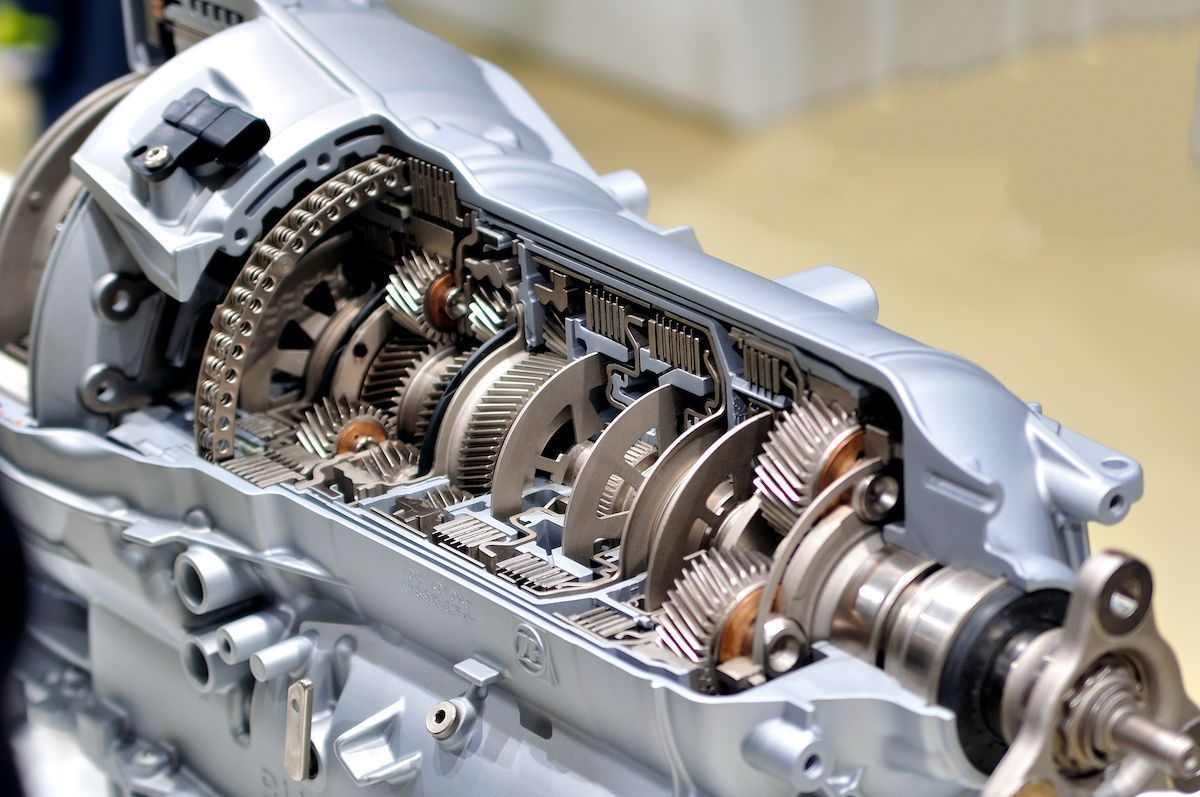What Happens If You Ignore a Worn Timing Belt?
Most drivers don’t think about their timing belt—until it fails. Unlike an oil change or a tire rotation, timing belt replacement isn’t part of your regular maintenance routine, but that doesn’t mean it’s not crucial. Your timing belt controls the synchronization of your engine’s valves and pistons, ensuring everything runs smoothly. If it fails, it can cause severe engine damage and leave you stranded on the road. At #77 Auto Repair, Inc. in Durham, NC, we’ve seen firsthand what happens when a timing belt is ignored for too long. So, what are the risks of waiting too long to replace yours?
What Does a Timing Belt Do?
Think of your timing belt as the conductor of an orchestra—it keeps everything in sync. The belt controls the opening and closing of engine valves, allowing air and fuel to enter and exit the combustion chamber at precisely the right time. Without it, your engine simply won’t run. If the belt becomes worn, frayed, or broken, your engine’s components can collide, leading to bent valves, damaged pistons, and expensive repairs.
Can a Timing Belt Break Without Warning?
Yes—and that’s what makes it so dangerous. Unlike a failing battery or worn-out brakes, a timing belt doesn’t usually show obvious symptoms before breaking. In many cases, it simply snaps while the engine is running, instantly causing a loss of power and potentially leaving you stranded. This is why manufacturers recommend replacing your timing belt at specific mileage intervals, usually between 60,000 to 100,000 miles.
However, there are some subtle warning signs that may indicate your timing belt is wearing out:
- Ticking noises from the engine – This can indicate a loose or worn timing belt.
- Engine misfires – A worn belt can affect the timing of your engine’s firing sequence.
- Oil leaks near the timing belt cover – This could mean the belt is deteriorating or that the tensioner is failing.
Ignoring these signs can lead to catastrophic engine failure, which is much more expensive than a simple belt replacement.
What Happens If Your Timing Belt Breaks While Driving?
A broken timing belt can result in one of two scenarios, depending on the type of engine your car has:
- Interference Engines – In this type of engine, the valves and pistons occupy the same space at different times. If the timing belt breaks, the valves and pistons can collide, leading to bent valves, cracked pistons, and severe engine damage. This usually requires a full engine rebuild or replacement, which can be extremely costly.
- Non-Interference Engines – In these engines, the pistons and valves don’t share space. While a broken timing belt will still leave you stranded, it typically won’t result in significant engine damage.
Regardless of your engine type, driving with a worn-out timing belt is a gamble. The safest option is to replace it before failure occurs.
Can a Timing Belt Last Longer Than Recommended?
Some drivers push their timing belt beyond the recommended replacement interval, but this is a serious risk. While a belt might last longer under ideal conditions, factors like extreme temperatures, stop-and-go traffic, and oil leaks can cause premature wear. Just because a belt looks fine on the outside doesn’t mean it isn’t weakened internally.
At #77 Auto Repair, Inc. in Durham, NC, we always recommend following your manufacturer’s service schedule to avoid unnecessary risks.
Is It More Expensive to Replace a Timing Belt or Repair a Broken One?
Without a doubt, preventative timing belt replacement is far cheaper than repairing a broken one. Replacing your timing belt on schedule typically costs a fraction of what a full engine repair or rebuild would cost. If your belt snaps and damages your engine, you could be looking at thousands of dollars in repairs—or worse, a complete engine replacement.
When Should You Schedule a Timing Belt Replacement?
If you’re nearing 60,000-100,000 miles, or you’re experiencing any of the warning signs mentioned earlier, now is the time to replace your timing belt. Don’t wait until it’s too late—proactive maintenance can save you time, money, and the hassle of unexpected breakdowns.
At
#77 Auto Repair, Inc. in Durham, NC, our expert technicians provide
fast and reliable timing belt replacement, ensuring your engine runs smoothly for miles to come. Visit us today and let’s keep your car in peak condition.





